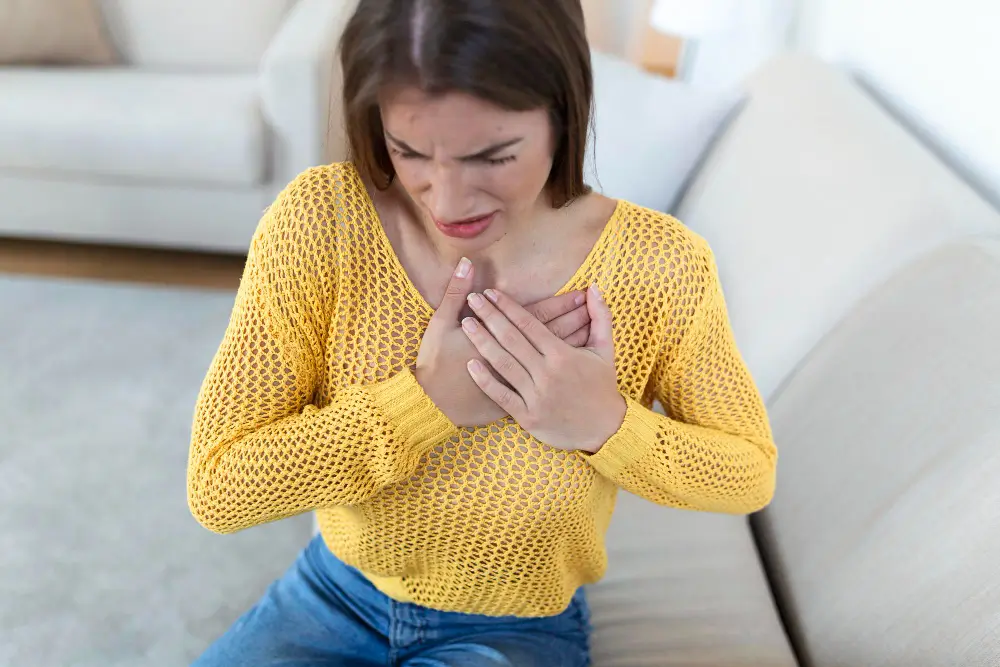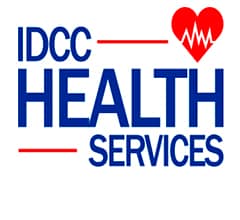Can POTS Syndrome Kill You? What You Need to Know
What if a condition that often starts with dizziness or rapid heartbeat carried risks far more serious than most people realize? Many wonder, can POTS syndrome kill you, or is it simply a frustrating but manageable disorder? In this article, Can POTS Syndrome Kill You? What You Need to Know, we’ll uncover the surprising truths, risks, and realities behind this misunderstood condition—answers you won’t want to miss.
TL;DR
POTS isn’t fatal or life-shortening, but it can greatly impact daily life with dizziness, fainting, fatigue, and brain fog. While it doesn’t damage the heart, it may cause neurological, digestive, and psychological challenges. Management involves hydration, extra salt, gradual exercise, compression wear, and sometimes medication under medical care. Proper diagnosis is key to rule out other, potentially life-threatening forms of tachycardia.
Connect with doctors who specialize in POTS for expert help

What Is POTS Syndrome and Why Does It Matter?
Postural Orthostatic Tachycardia Syndrome (POTS) is a disorder of the autonomic nervous system that affects the body’s ability to regulate vital functions like heart rate and blood pressure when changing posture. It appears as a marked increase in heart rate when standing, which may lead to dizziness, palpitations, and fainting. While not permanent or fatal, it can significantly affect the quality of life of those who experience it.
Autonomic Dysregulation: In POTS, the autonomic nervous system does not function properly. This system controls automatic processes such as blood pressure and heart rate. When it is out of balance, the symptoms of the syndrome appear.
Orthostatic Intolerance: A key feature is orthostatic intolerance, which happens when blood pools in the legs while standing. This reduces blood flow to the brain, leading to fainting or feelings of instability.
Compensatory Heart Response: To counter the lack of blood reaching the brain, the heart speeds up. This tachycardia defines the syndrome and often comes with other symptoms such as frequent headaches, fatigue, depression, or mood changes.
Although POTS causes discomfort and fainting episodes, it does not pose a fatal risk or leave permanent damage. With proper management—including hydration, exercise, and in some cases medication—most adolescents overcome this condition and return to normal life.
How POTS Affects the Body
POTS primarily affects the autonomic nervous system, which controls involuntary functions such as heart rate and blood pressure.
Common Symptoms
- Dizziness and fainting
- Extreme fatigue and exhaustion
- Headaches
- Nausea
- Exercise intolerance
- Episodes of fainting
These symptoms can interfere with everyday activities, limiting quality of life.
Changes When Standing Up
When someone with POTS moves from sitting or lying down to standing, the body undergoes several changes:
- Blood pooling in the legs: veins fail to return enough blood to the heart.
- Reduced blood flow to the brain: explains dizziness and fainting.
- Stress hormone release: substances like norepinephrine increase heart rate, worsening discomfort.
Connection with Physical Activity
Exercise can be difficult, but adapting activity to personal needs can help control symptoms. When done properly, supervised physical activity becomes a valuable tool to improve circulation and stamina.
With appropriate management, symptoms can be reduced and the condition better controlled.
Can POTS Cause Serious Complications?
POTS can lead to serious complications that significantly affect daily life. Symptoms can be so disabling that some people struggle to maintain a normal routine, and in severe cases may require extended bed rest.
| Affected Area | Possible Complications |
| Lifestyle | Inability to work, study, or perform basic activities |
| Cardiac | Excessive tachycardia, dizziness, fainting |
| Neurological | Fatigue, brain fog, confusion, blurred vision, headaches |
| Gastrointestinal | Nausea, cramps, bloating, constipation, or diarrhea |
| Psychological | Anxiety, stress, depression |
| General | Worsening of existing symptoms and greater functional limitation |
Though not fatal, its impact on function and well-being can be profound, requiring proper management to lessen its effects and improve quality of life.
Is POTS Fatal?
Most people with POTS can live many years, though lifestyle adjustments are often necessary. Its main impact lies in quality of life, as symptoms may be debilitating and force significant changes to daily activities.
An untreated case could point to another, more serious condition that requires attention. A medical consultation helps rule out other problems and establish appropriate treatment to reduce symptoms and improve well-being.
It is important to distinguish POTS from other forms of tachycardia. Some types, if left untreated, may be fatal by increasing the risk of:
- Heart failure
- Stroke
- Sudden cardiac death, especially if it develops into ventricular fibrillation
This is why medical evaluation is essential to identify the type of tachycardia and receive proper treatment, which may involve medications, specialized procedures, or surgery to control heart rhythm.
Managing POTS to Prevent Risks
Managing POTS starts with simple strategies that help reduce symptoms and prevent risks. These adjustments improve circulation, stabilize blood pressure, and reduce fainting episodes.
Hydration and Salt
- Drink water throughout the day
- Increase salt intake to support blood volume and blood pressure
Gradual Exercise
- Begin with activities that can be done while lying down or seated, such as rowing, swimming, or using a recumbent bike
- Gradually increase intensity as the body adapts
Compression Clothing
- Use medical compression stockings
- Wear garments that apply pressure to thighs and abdomen to promote blood return
Avoid Sudden Changes
- Stand up or sit down slowly
- If symptoms appear when changing posture, sit or lie down immediately
Medication (under medical supervision)
If initial measures are not enough, a healthcare professional may recommend medication as part of an individualized plan.
Specific Medications
- Beta-blockers
- Midodrine
- Fludrocortisone
- Pyridostigmine
Antidepressants
- In some cases, SSRIs or SNRIs may be prescribed to help regulate the autonomic nervous system.
Though not fatal, proper management helps prevent risks. With lifestyle changes, medical support, and when needed, medication, people with POTS can control symptoms and maintain a more stable and safe routine.
Key Takeaways
- POTS definition: A disorder of the autonomic nervous system that disrupts heart rate and blood pressure regulation when standing, leading to dizziness, palpitations, fainting, and fatigue.
- Not fatal: POTS does not shorten life expectancy or directly cause death, but it can severely affect quality of life.
- Symptoms: Common signs include dizziness, fainting, fatigue, headaches, nausea, brain fog, and exercise intolerance.
- Body response: Blood pools in the legs when standing, reducing flow to the brain; the heart compensates with rapid beats, worsening symptoms.
- Complications: Though not deadly, POTS may cause serious lifestyle limitations, neurological issues (confusion, brain fog, vision problems), gastrointestinal problems, and psychological effects (anxiety, depression).
- Distinction: Unlike POTS, other types of untreated tachycardia can be life-threatening, leading to heart failure, stroke, or sudden cardiac death.
- Management: Effective strategies include increasing fluids and salt, gradual exercise, compression garments, and avoiding sudden posture changes.
- Medical treatment: Under supervision, medications such as beta-blockers, midodrine, fludrocortisone, or antidepressants may be prescribed.
Sources
- Frye, W. S., King, C. K., Schaefer, M. R., Decker, J., & Kuhn, B. (2023). “You look perfectly healthy to me”: Living with postural orthostatic tachycardia syndrome through adolescents’ and parents’ eyes. Clinical pediatrics, 62(6), 622-632.
https://journals.sagepub.com/doi
- Knoop, I., & Dunwoody, L. (2023). “You’re always fighting”: the lived experience of people with postural orthostatic tachycardia syndrome (POTS). Disability and rehabilitation, 45(10), 1629-1635.
https://www.tandfonline.com/doi/full
